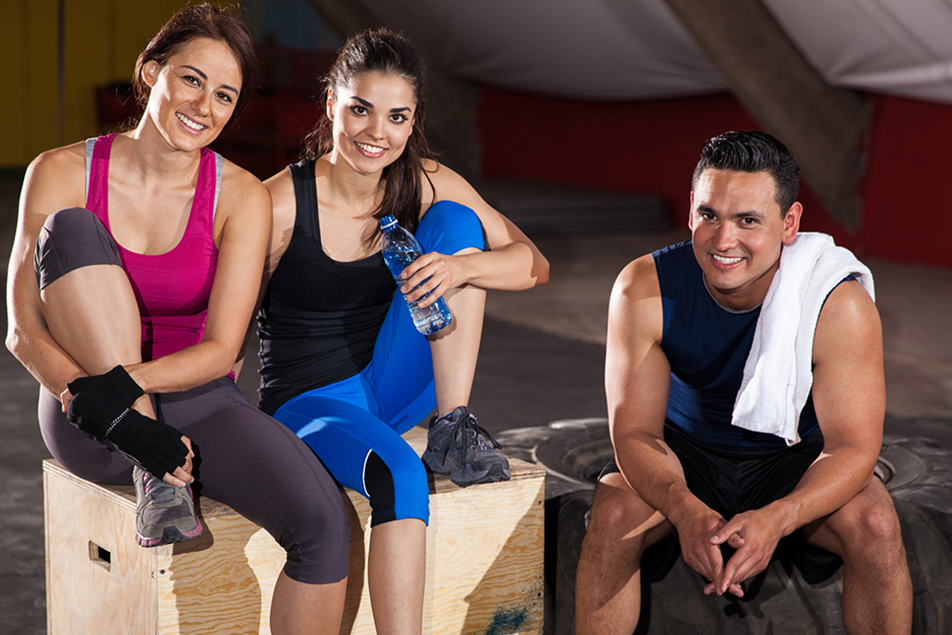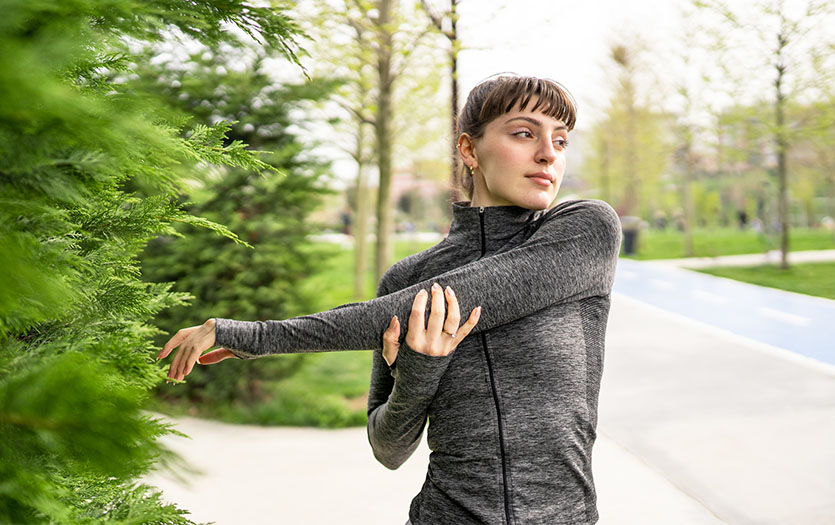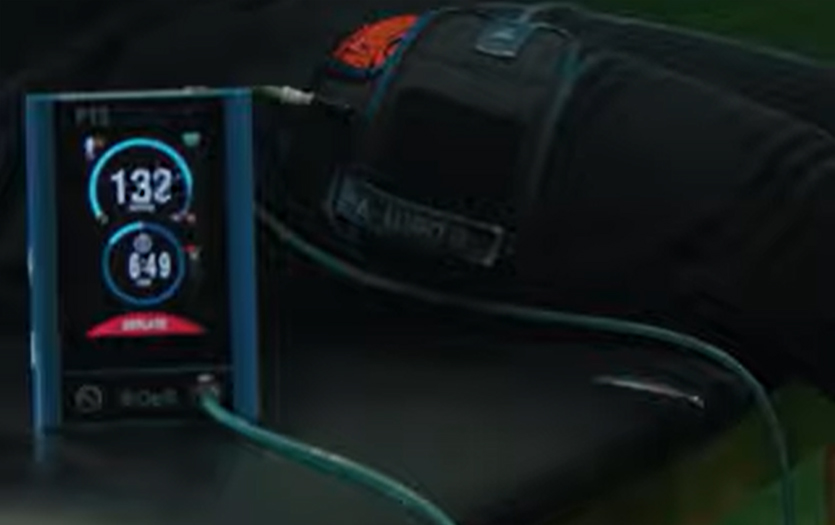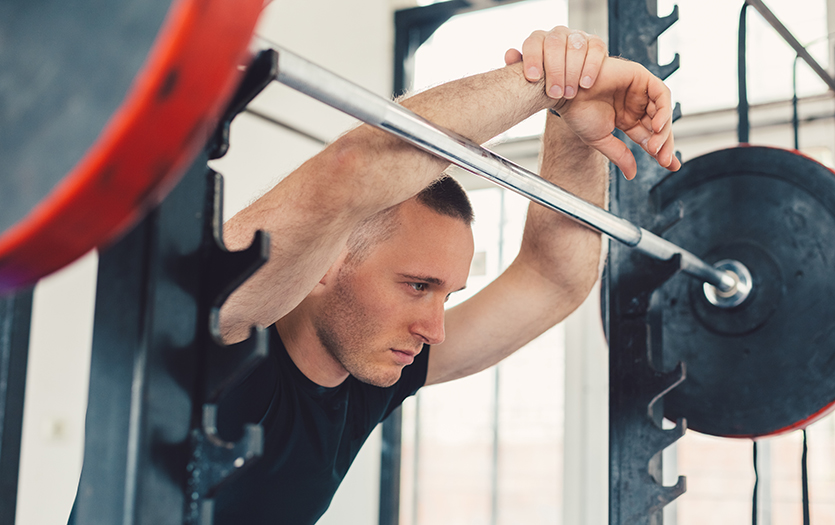Lauren Rao, certified athletic trainer, Parkview Sports Medicine, shares the good, the bad and the cautionary about her go-to sport, CrossFit.
As an athletic trainer for collegiate athletes and a CrossFit athlete myself for almost 2 years, I’m addicted to the sport. By now you’ve probably heard of CrossFit in some capacity. Maybe you caught ESPN’s replay of the CrossFit Games from last year or your co-worker is constantly posting gym pics of his newest “PRs” and checking in on Facebook at his CrossFit box (the term for a CrossFit gym). The sport is sweeping the globe as a fitness phenomenon, but everyone wants to know what they’re getting into before they cough up the cash and get caught up in the CrossFit craze. I’ve collected some of my favorite “CrossFit excuses” here to either confirm or deny to help you make the best decision whether this sport is right for you.
“I don’t even know what you do there.”
CrossFit is a high-intensity, constantly varying workout that usually takes place in group class settings that last about an hour. The 60 minutes usually consist of a dynamic warm-up, mobilization (working on flexibility or addressing areas that are sore), a strength session of some kind, and a workout of the day (WOD). The WOD is what most people associate with CrossFit. It will change every day and consist of anything from gymnastics movements to Olympic lifting to bodyweight movements.
“But don’t you have to be strong already?”
There are always scaling options for CrossFit workouts. Most people who do CrossFit will scale back their barbell weights or do alternate movements if they can’t do the actual movement. For example, if the WOD calls for squats at 115 pounds, but you’re not comfortable with that weight you can use any weight you want. If the WOD calls for pull-ups and you can’t do a pull-up, you can sub exercises like ring rows or jumping pull-ups. Scaling weights and movements will still work the same muscle groups and get you prepared to do the bigger weights or full gymnastic movements down the road.
“I don’t want to look like those girls on TV.”
Those ladies are the best CrossFitters in the world. They also rarely have a cheat meal and train several hours every day. I promise you are not going to look like that. If you are anything like me, you enjoy pasta, pizza, sweets, and food in general. Unless you’re basically going to radically change your diet and train multiple hours every day for years, you will not look as ripped as an NFL linebacker.
“Do I have to eat paleo?”
While most boxes encourage proper nutrition to go with your exercise, I have never heard of a box requiring their athletes to eat paleo. Paleo, like CrossFit, is not for everyone and is a personal choice.
“Isn’t it super expensive?”
In a word, yes. CrossFit boxes are generally upwards of $100 a month. That money will generally go toward the box paying their rent, buying or repairing equipment, paying the coaches, and paying someone to write the programming. The programming is the WOD. Good boxes have goals in mind for their athletes when writing programming and there is a method to the order of WODs each week, each month and even each year.
“Doesn’t everybody get hurt?”
As an athletic trainer, this is probably my biggest pet peeve about people starting CrossFit. If/when you start doing CrossFit, pick a box that has some kind of programming for beginners. Some offer classes to prepare newbies for CrossFit WODs that teach proper lifting techniques and introduce the movements you’ll see in CrossFit. Other boxes, like mine, do one-on-one personal training with new athletes to introduce them to CrossFit and to identify poor mechanics before they become an issue. Some boxes also do lighter classes that only do bodyweight movements and don’t involve a barbell at all. If you join a box and don’t receive any beginner training, be cautious. A frequent rookie mistake is to go too heavy too fast. A common phrase in CrossFit is “scale it ‘till you nail it,” meaning scale back the weight on the barbell until your technique is impeccable. Going too heavy is a one-way ticket to injury. Even the best athletes scale their weights on days when their technique is failing.
“What’s with the constant need to post to social media?”
That’s a personal choice for the most part. However, some boxes participate in a marketing and charity service called “Sweat Angels,” where the box will donate money to a charity of the month for every check-in on Facebook. They’re basically getting advertising for their business while also helping a cause each month. People who post videos and pictures of their gym-going to social media are usually just proud of their accomplishments and want to share.
“What if I don’t know anybody there?”
One of the best and most beautiful parts about CrossFit is the community. Within a CrossFit box itself is this amazing community that, despite differences outside of working out, will rally around each other and cheer each other on until the last person finishes. Between boxes within a city and even around the world there’s a commitment to bettering themselves, but also a celebration of the accomplishments of others. There will always be someone willing to help you reach your goals and support you along the way.
With all this being said, CrossFit is not for everyone. It should never be implied that CrossFit is the best or only way to workout. Finding a form of exercise that keeps you active, motivates you, and makes you happy is all that matters. For me, it’s CrossFit. For more information on the sport or to find a box near you, visit www.CrossFit.com.




